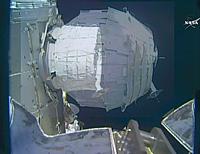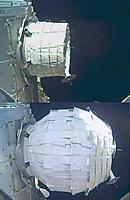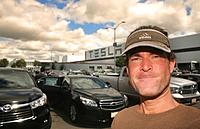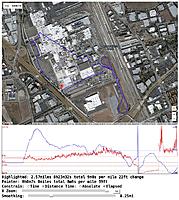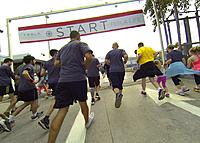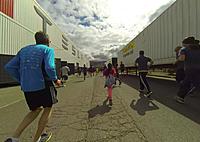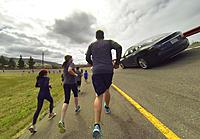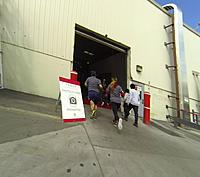Archive for May, 2016
Comments (0)
Add Comment
-
 Views: 168
Views: 168
The grid fins must have gotten as close to melting as possible, but didn't melt. -
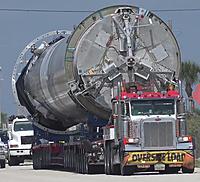 Views: 178
Views: 178
USLaunchReport reveals wiring of the front end. -
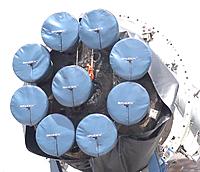 Views: 170
Views: 170
Looks like the rear end burned completely through at the last minute & the center engine is being held up by a strap. -
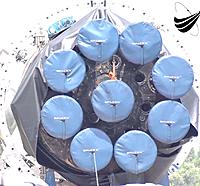 Views: 183
Views: 183
Arrangement of the gas generator exhaust is visible. Not long ago, the engines were in a square & it was a struggle to resolve the acoustic problems of the circular arrangement. -
 Views: 153
Views: 153
Low Earth orbit vs geosynchronous transfer orbit. -
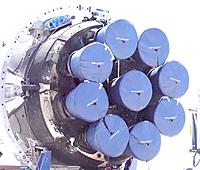 Views: 156
Views: 156
Low Earth orbit had the same engine strapping, with some of the engines even more crooked. -
 Views: 171
Views: 171
http://www.theverge.com/2016/5/15/11676080/spacex-falcon-9-at-cape-canaveral-photos-39a-hangar -
 Views: 214
Views: 214
Pad 39A in the background with recovered boosters in the foreground looks like a parallel universe where airports are designed for space vehicles.
